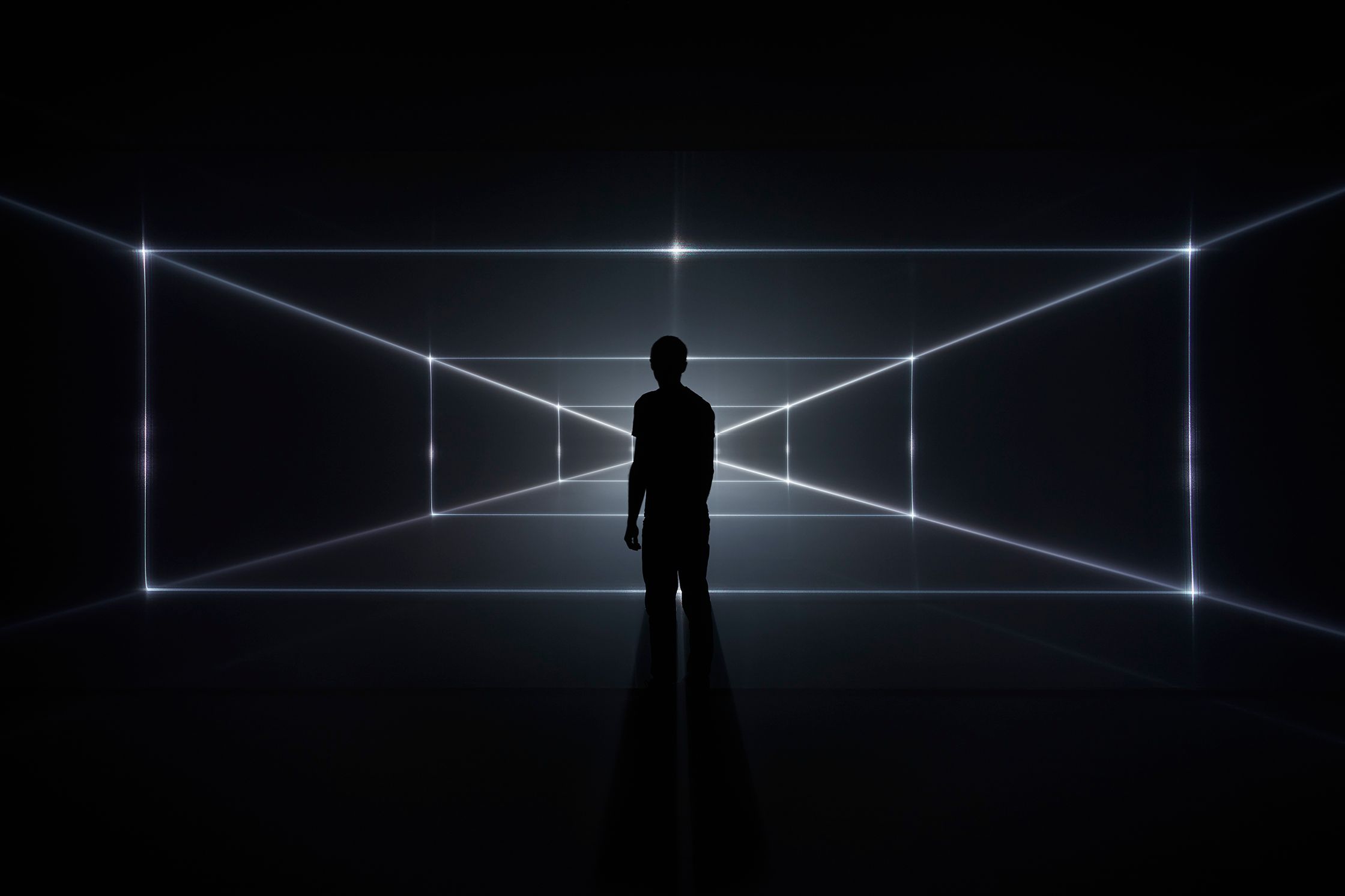The AIRBNB Parasite of the Venice Architecture Biennale
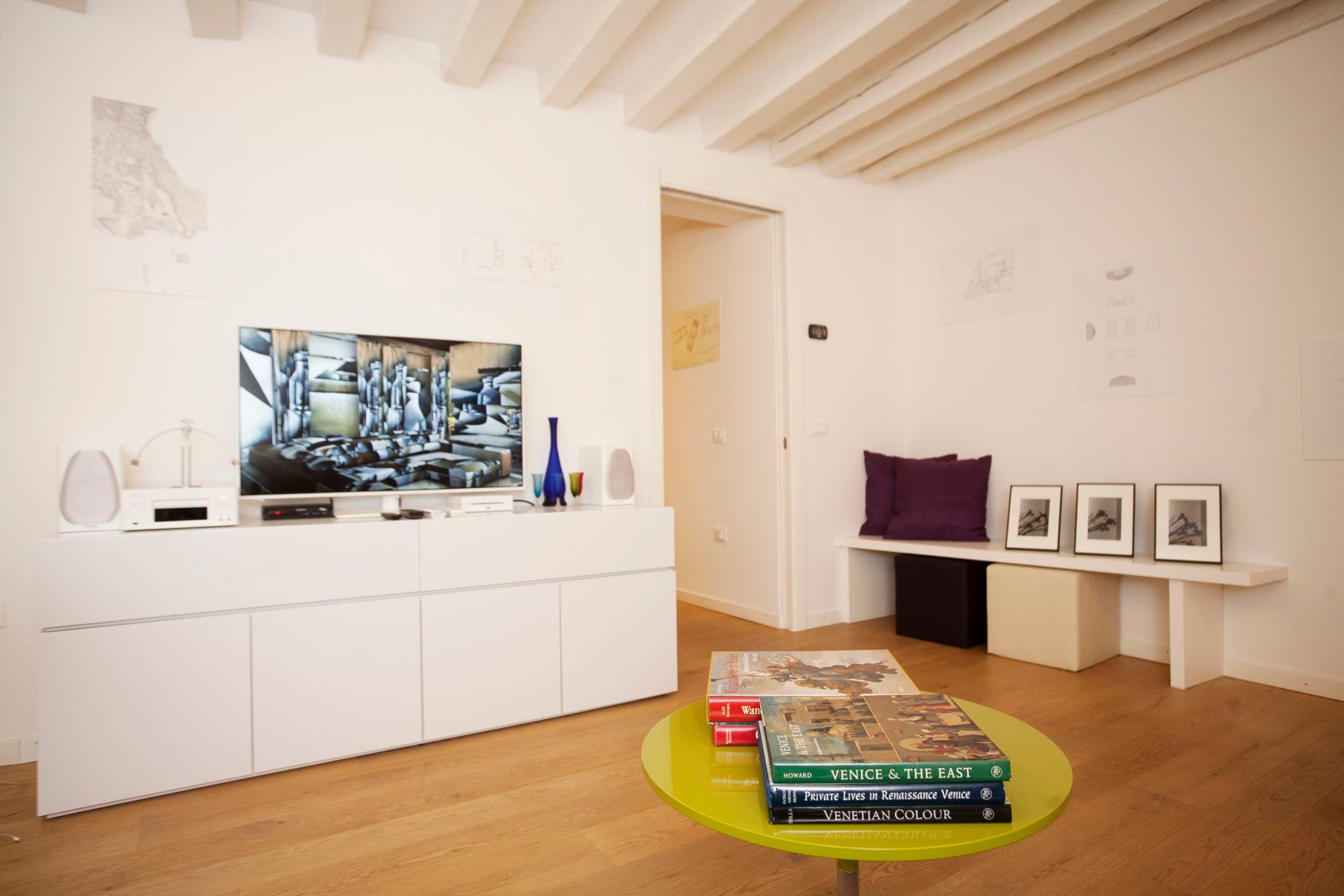
On the occasion of the 14th Venice Architecture Biennale, a group of architects—Fabrizio Ballabio, Alessandro Bava, Luis Ortega Govela, and Octave Perrault—has independently organized the AIRBNB Pavilion, a showcase of works by 15 architects and 15 artists characterized by notions of domestic life. Taking place in numerous Venetian apartments rented through Airbnb, the exhibition will explore the values of the “sharing economy,” which is challenging the predominant corporate ownership of residential and hospitality infrastructures. 032c corresponded with the curators of the project on the day of its opening.
Have you heard of the website Airbnb Hell?
We are sure that a new guideline will be added to Airbnb Hell that warns people of curators overtaking the flats to do an exhibition. But also we are great fans of the youregonnadiehere.tumblr.com,which was a great inspiration for the project.
How is Airbnb changing architecture and the city?
Airbnb is a great challenge for architecture, and calls for the redefinition of many building categories. Architecture is now made of interiors able to accommodate invariable domesticity, work, and consumption. Rooms are as political as the public square and as productive as the factory—they are both intimate and public. A radical new form of the city is emerging from the Internet. It is a global city of single rooms that are referenced online; it is a city crafted and superimposed onto existing cities. Its rooms can appear and disappear from the map at any time.
Successful design is now based on popularity and guest reviews—the cute, quirky, and nice feature (all of it being as it is of surfaces or structure) is very important. Christian Kerez and Tony Duquette are closer than ever. In fact, Airbnb is the architectural digest of unpedigreed architecture. A world of interiors. This opens up housing and new possibilities because the use of the home has completely morphed.
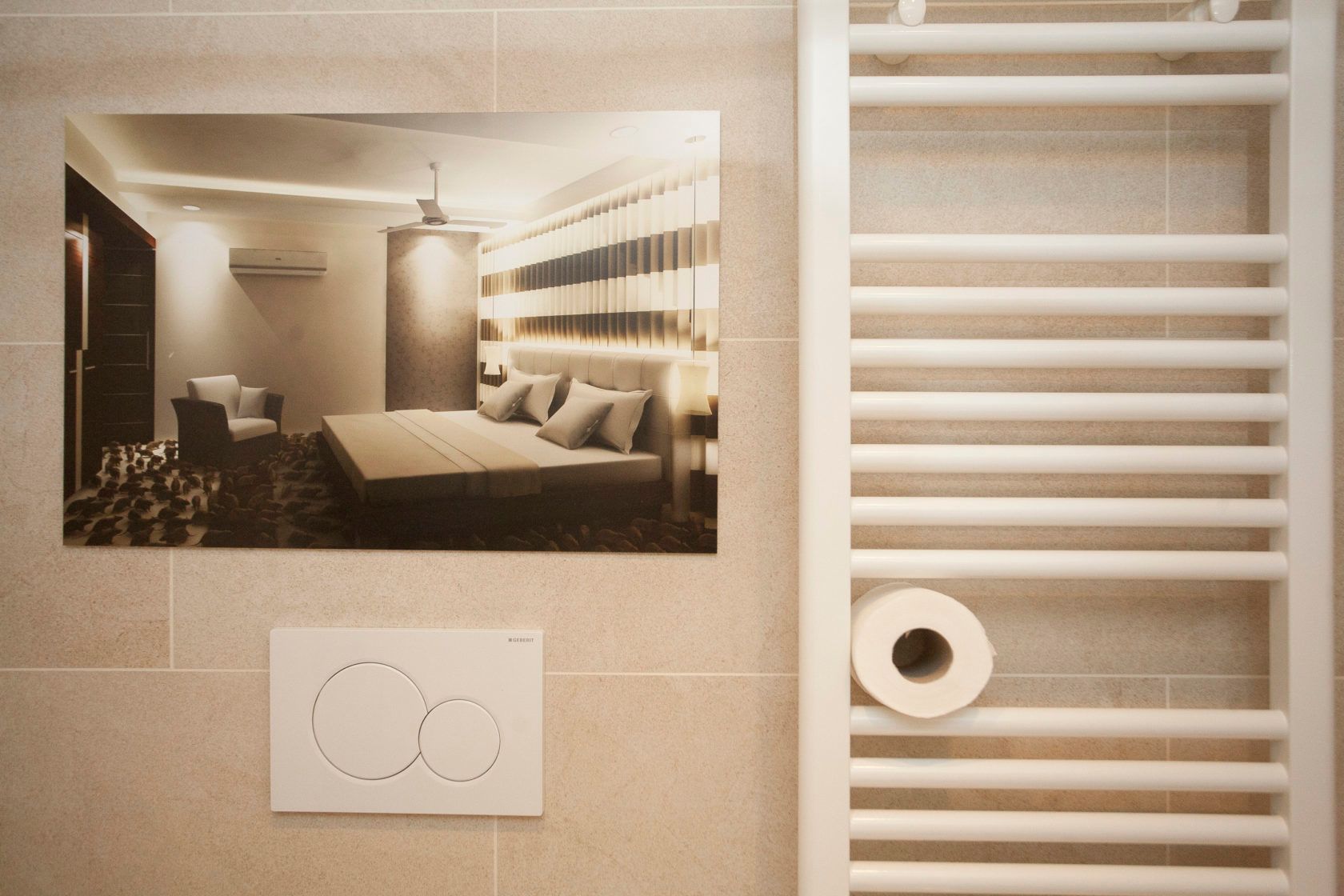
Airbnb is standardizing the modern home in its own way, but there’s also the attraction of temporarily living another lifestyle—holiday. How much room is there for exoticism in the Airbnb experience?
It’s sufficient to open Airbnb’s homepage to see what the company is pushing forward now. A “Writer’s studio in Paris,” a beach house in Iceland, a Victorian flat in Portland—the more peculiar the offer, the easier it is to commercialize. From a shared platform of low-cost accommodations, the website has literally become a telematic vitrine of experiences for rent.
Design of course plays a crucial role. From the air mattress of its inception—which was vaguely reminiscent of 1960s radical design—to today’s tree houses, Airbnb has capitalized on the borderline radical connotations of design, which are successfully integrated into its brand image.
In fact, it is primarily through design that a particular image sticks out from the bunch, and thus becomes productive. As if Venturi’s “decorated shed” had been coiled outside-in, what we are “learning from Airbnb” is that stylish furniture and cutting-edge appliances are the true architectural banners of this new urban environment. Whether these experiences are as exotic and diverse as they are promoted to be is questionable. If we’re talking about exoticism in romantic terms then perhaps they are. If instead we term exoticism as the pure and unmitigated experience of diversity, then it is unlikely that a night in a safari tent for 57 GBP can be as moving and authentic as one might hope. Many of these issues are brought to an extreme in the work produced by the artists participating in the show.
Though at the end of the day that’s not exactly what we’re most interested in. What fascinates us is rather how the 19th-century notion of the interior (Japanese wallpaper included) has gained new life, both as a space and as a form of representation. “My house, no matter where you choose to cut into it, is façade,” Walter Benjamin said about the bourgeois domestic interior. The wide angle camera of Airbnb makes this claim all the more compelling.
How do you view Airbnb’s involvement with the sharing economy?
In more or less six years Airbnb has caused havoc in the hotel industry and raised interesting questions to both policy makers and tenants. The ongoing conflict between Airbnb and cities is a result of the transformation of this relationship that is so fundamental to the making of the modern city. Cities must accept they will have to change their legislation, and companies have to understand their own political and moral implication. Ruthless corporatism kills cities as much as reactionary legislations. Of course the sharing economy that Airbnb embodies is not one of primitive societies—it is in fact enabled, managed, and branded by multinational corporations. This is not revolution.com.
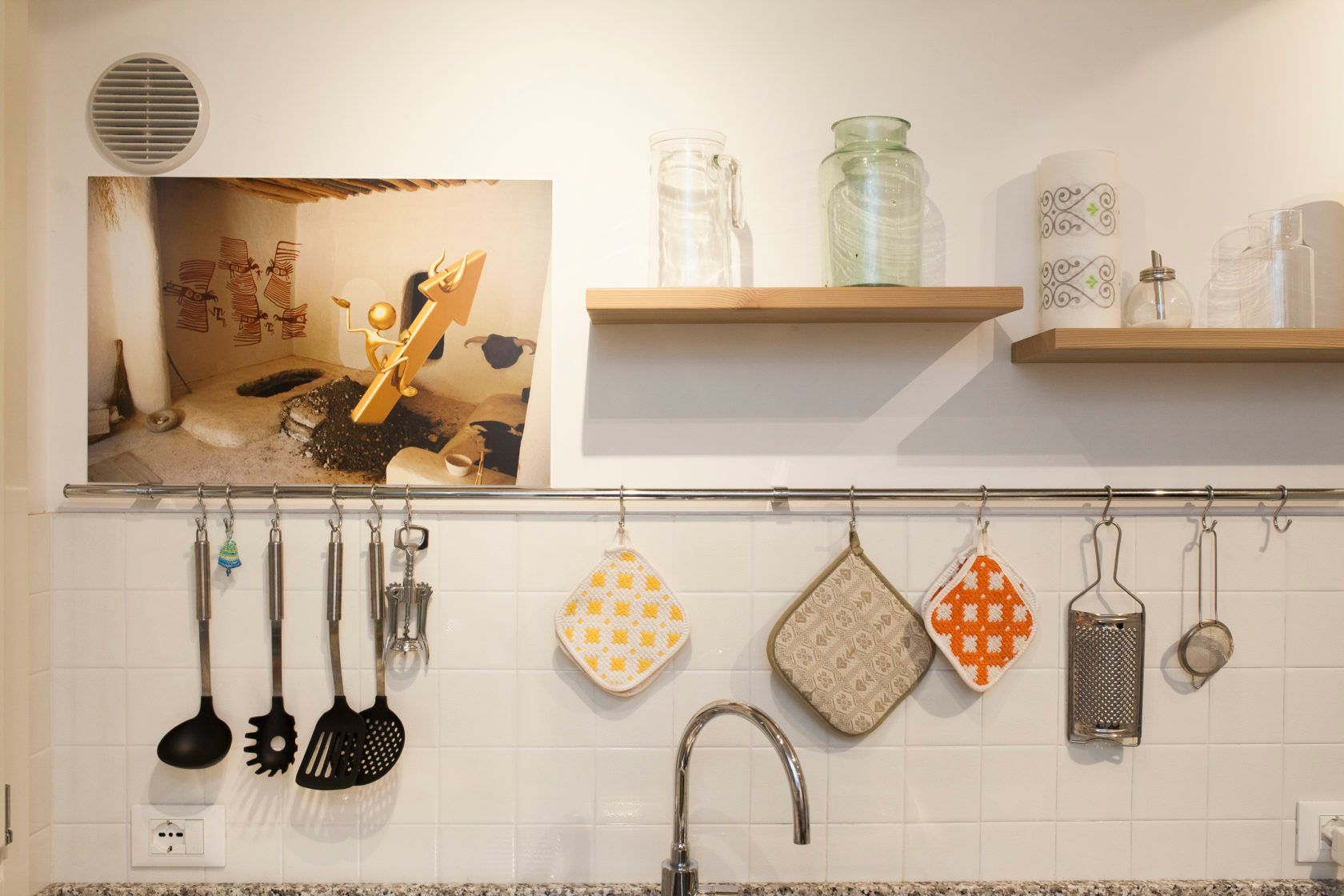
Can Airbnb be considered a form of piracy or hacking?
I wouldn’t say so. Airbnb does not seek to gain unauthorized access to anything particular. At its core there lies no intention to undermine a ruling order, be it urban, social, financial, or political. It is not revolutionary, not intentionally at least. It is precisely this candidness that makes it problematic to municipalities and hotel lobbies. If one thinks of the impact Airbnb has had in a city like Venice, for instance, both in terms of capacity of accommodation and price range (and therefore accessibility) one easily becomes aware of the impact this phenomenon is having. You can see it as a way of hacking into people’s intimacy.
How much of a role do you think the design and Airbnb aesthetic plays in the company’s success?
The company was started by RISD designers, so the core of its success lies entirely in aesthetics, design, and architecture. It is questionable though whether they are taking advantage of an existing scenario or if they are promoting an evolution. Are they followers or leaders? Airbnb takes advantage of the existing infrastructure, but will they ever have an active impact on changing the city?
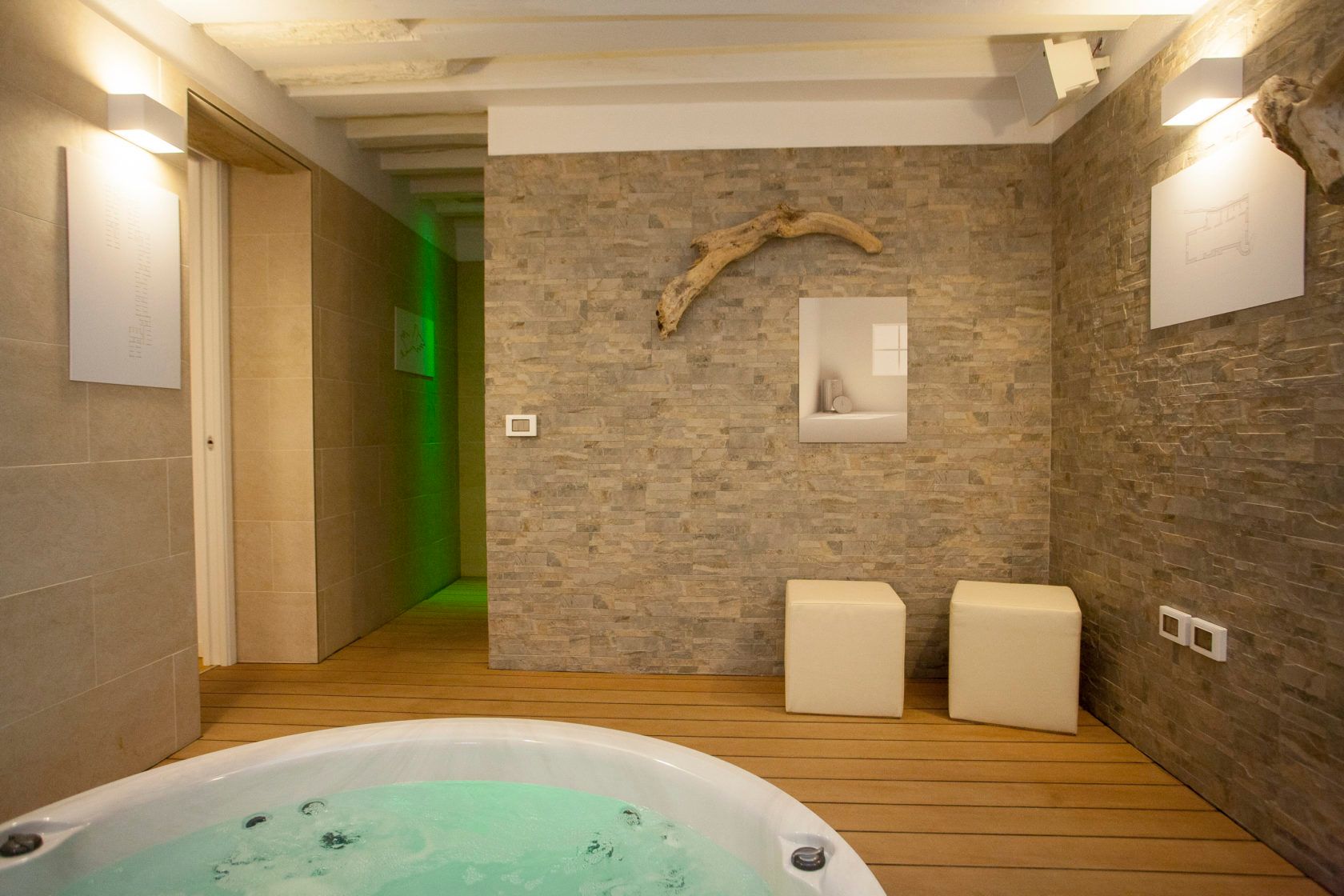
Tell us about the artists and architects you’ve chosen to show at the AIRBNB Pavilion and their contributions.
The selection was very spontaneous, and based on finding architectural projects from contemporary architects like Philippe Morel, UNULAUNU, Durisch Nolli, Christ & Gantenbein, m-a-u-s-e-r, and Something Fantastic, all of whom tackle contemporary housing and its relative forms in an interesting way. In terms of artists we want to involve those whose work deals with domesticity. It was an interesting challenge curating this exhibition because to an extent we asked architects to be comfortable showing their projects in an unusual way—for example, an architectural drawing with no description or explanation. Similarly, Jasper Spicero, Dora Budor, Marlie Mul, and Alex Dolan were some of the artists who were asked to temporarily inhabit a strange continuum between interior design and art by producing great images of interiors that exacerbate and approach critically the exoticisim found on Airbnb.
We left the flat completely untouched, with all the IKEA deco, appliances, and furniture. We’ve inserted the architectural drawings and the artists’ images and installations using the existing context to drive our curatorial approach for the install. We’ve decided to show everything as artifacts rather than notations of something else. There has been no attempt to create juxtapositions by theme. In two words the approach is formal and contextual.
We have Jon Rafman’s Juan Gris Dream House playing on loop on the white flatscreen that was in the flat. We have the very serious Swiss architect Raphael Zuber in the shower. We also have Adam Cruces, who drew on the bathroom mirror with Gillette shaving gel. Stewart Uoo’s video Confessions is playing on a Macbook on the bed. Martti Kalliala and Jenna Sutela replaced the apartment curtains with their printed piece featuring the famous image of Steve Jobs’s room by Diana Walker with a superimposed logo of a failed pre-Airbnb hosting website. Charles Broskoski made CGI images of orchids, which we placed inside the existing family portrait frames. Hayley Aviva Silverman’s contribution is a synthetic phở placed next to the bed and also serves as an Airbnb accommodation for a pet plastic seal.
What criteria did you use for selecting the locations?
The independent street access and jacuzzi played a strong role for our main location. We must also admit though that we have been ourselves Airbnb clients in the selection, browsing between different options until we found something exciting. At the end of the day, we’re also sleeping in the houses.
Art is the ultimate luxury industry—something that continually defines itself against the rising sharing economy. Do you imagine a new sharing economy for art to emerge, something between an auction house and stock images?
We hope not. In a way Etsy is already playing that role of merging the art world with the sharing economy, but ultimately we have no engagement with the dynamics that make art a luxury industry as we are more interested in art as a continuous investigation into the human condition. But maybe we are just naive.
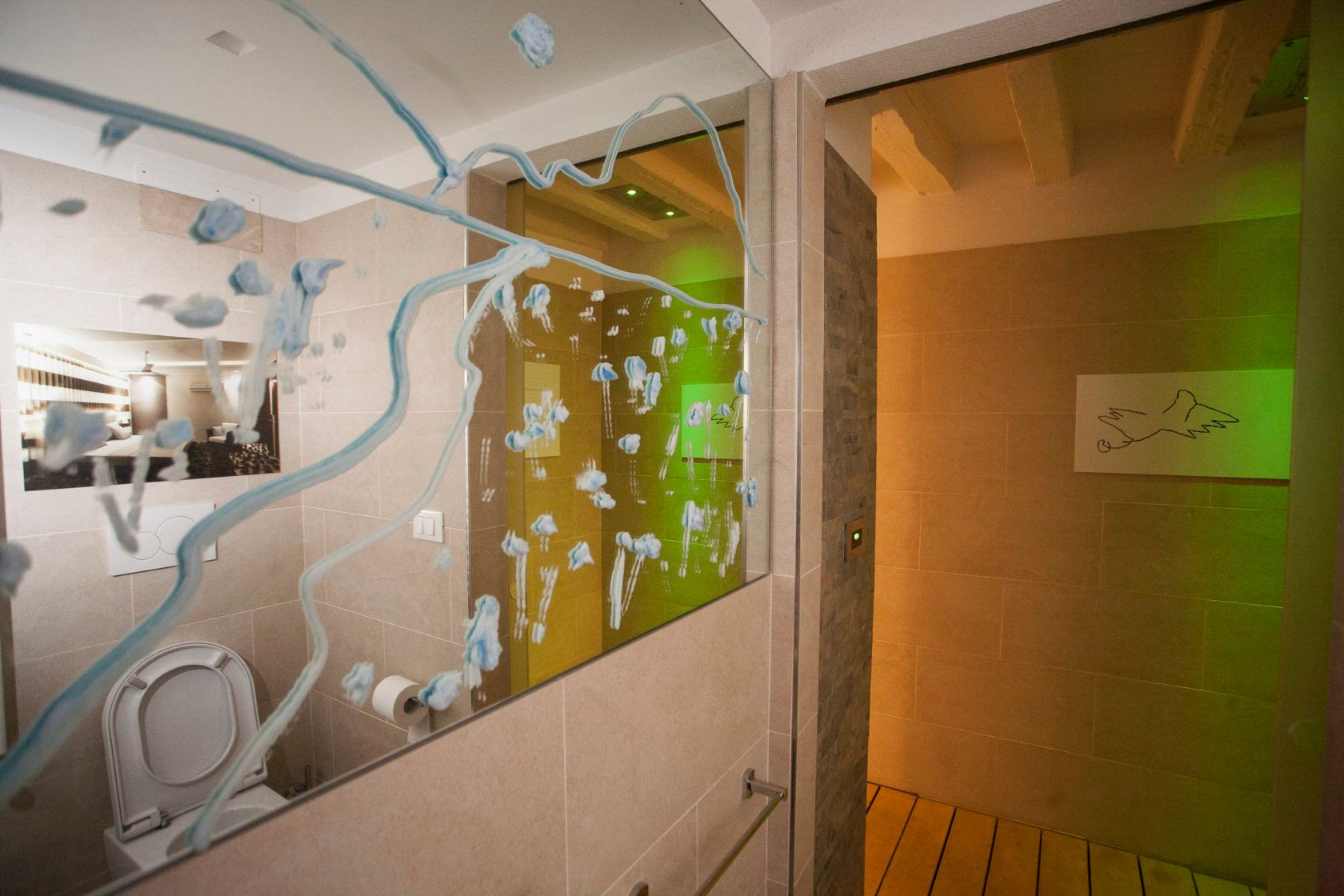
The AIRBNB Pavilion is on view at the 14th Venice Architecture Biennale until June 6, 2014.
ARCHITECTS – Philippe Morel EZCT, Marta Casagrande & Pascal Flammer, Etienne Descloux, GRAU / 51N4E, Sergison Bates Architects, Dyvik Kahlen Architects, OMMX, UNULAUNU, m-a-u-s-e-r, Adamo Faiden, Conen Sigl Architekten, Durisch + Nolli Architetti, Jonathan Woolf Architects, Raphael Zuber, Martti Kalliala, Florian Beigel & Philip Christou, Christ & Gantenbein Architekten, Go Hasegawa & Associates, Lütjens Padmanabhan Architekten, Georg Nikisch & Selina Walder, David Kohn Architects, Something Fantastic, Petr Hajek Arkitecti, Andres Jaque, Bava & Sons, Boltshauser Architekten
ARTISTS – Jasper Spicero, Stewart Uoo, Olivia Erlanger, Alex Mackin Dolan, Marlie Mul, Adam Cruces, Organ Armani, Alex Turgeon, Hayley Aviva Silverman, Ilya Smirnov, OS (Samia Mirza & Octave Perrault), Shawn Maximo, Amalia Ulman, Dora Budor, Jason Matthew Lee, Some Women (Morag Keil), Felix Melia, Jon Rafman, Charles Broskoski, Jenna Sutela, Katja Novitskova, Ben Schumacher
